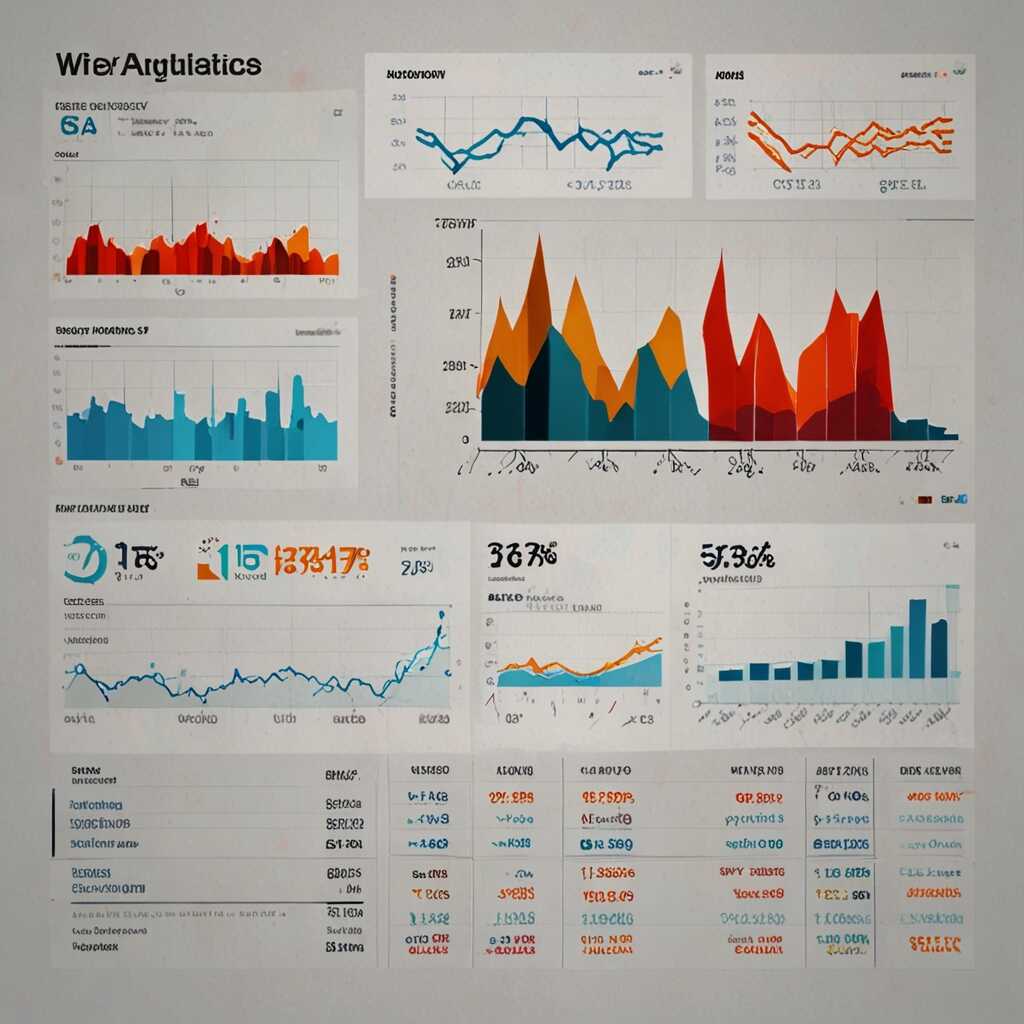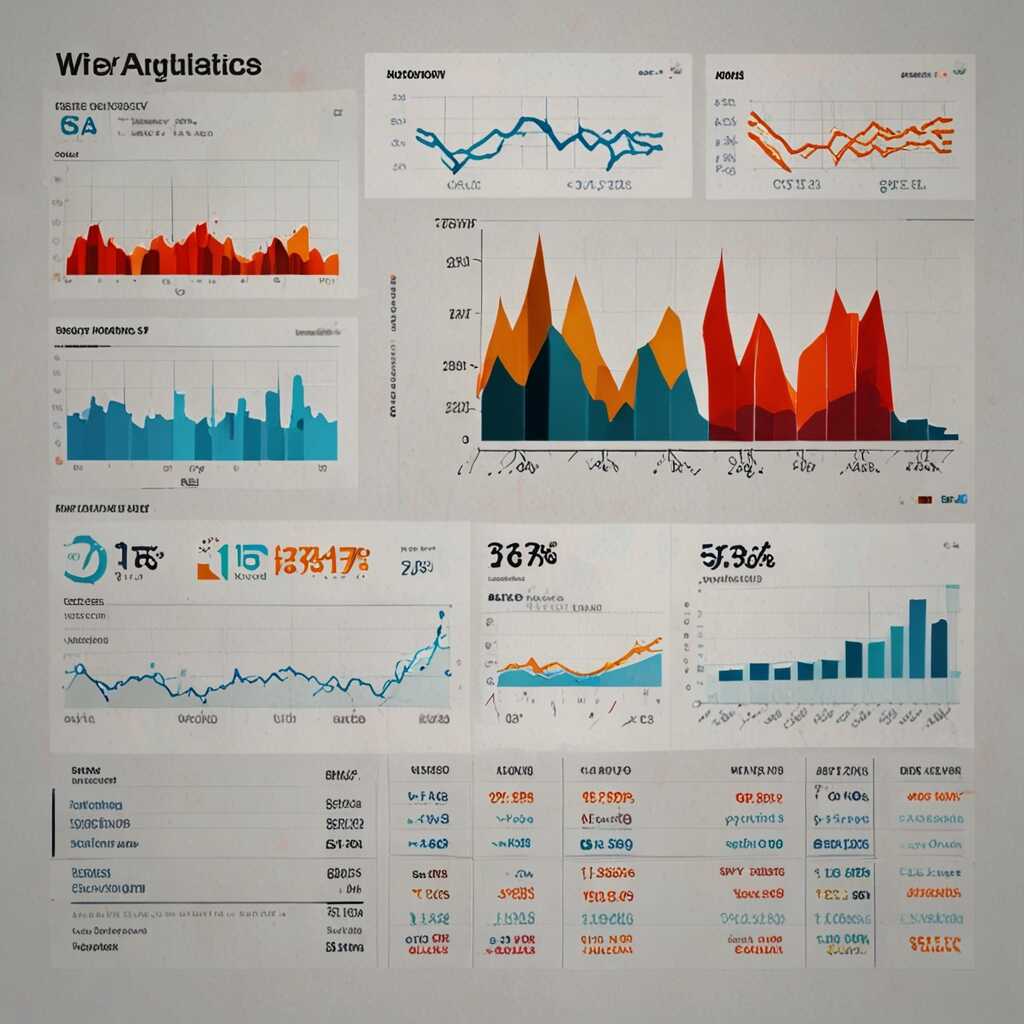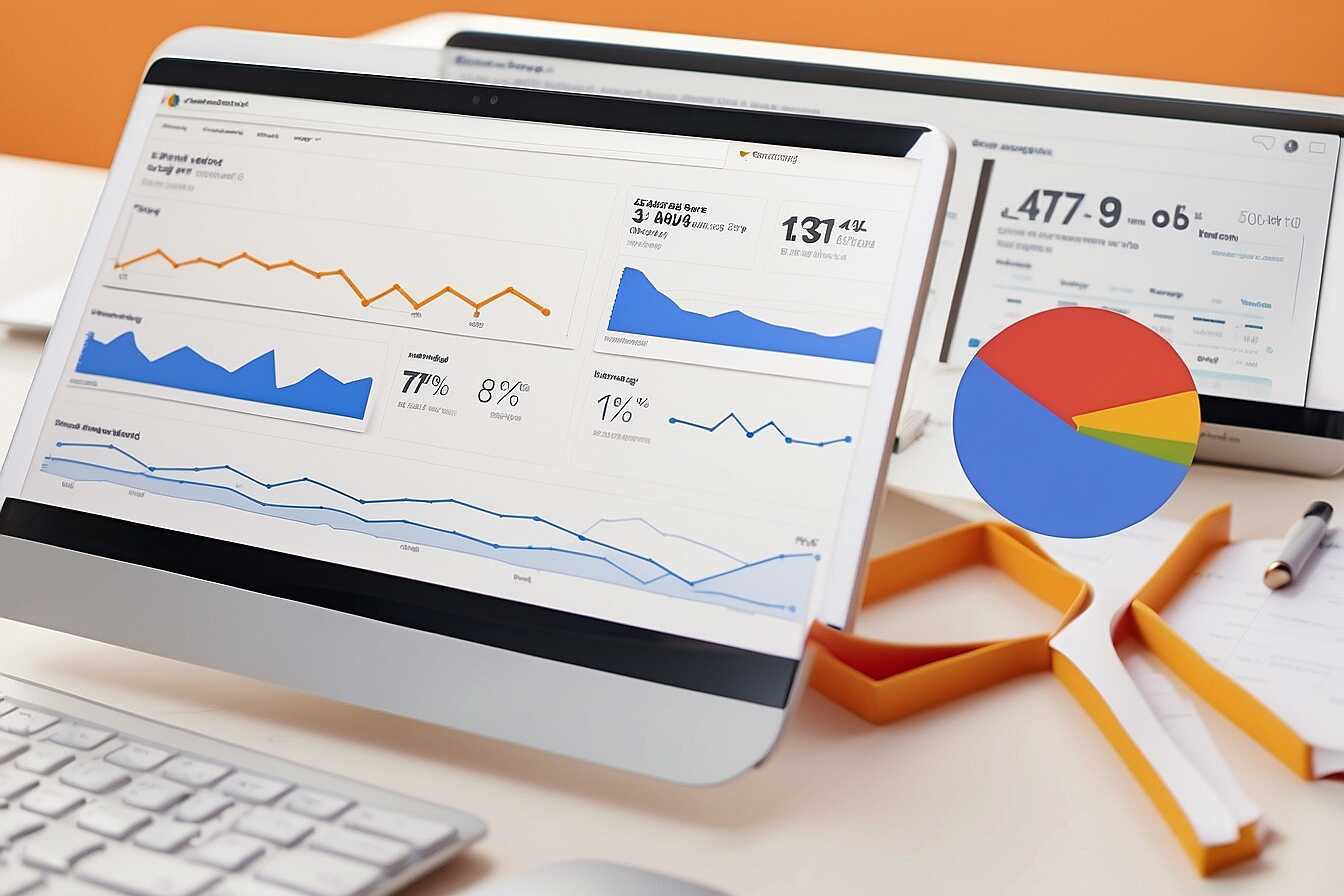In the fast-evolving world of digital marketing, automating image optimization in your content workflow is essential for success. With tools that streamline this process, you can enhance your SEO performance and improve website loading speeds, benefiting both you and your audience. At Metrics Rule, we understand that effective image management is crucial for content marketers, SEO analysts, and web developers looking to maximize their visual content impact. By leveraging the right automation tools, you can efficiently manage images and ensure they contribute positively to your overall digital strategy.
Understanding the Importance of Image Optimization for SEO
Image optimization is crucial for both SEO and user experience because it directly affects page load speed and overall site performance. When images are optimized, they reduce file size while maintaining quality, which can significantly enhance SEO performance by improving a site’s loading time. Faster loading speeds lead to better user experience, as visitors are less likely to abandon a page that loads quickly. Furthermore, optimized images can help search engines crawl and index your visual content more effectively. This optimization plays a vital role in visual content management by ensuring that your site remains competitive and user-friendly.
Effects of Image Size on User Experience
The size of images influences user experience dramatically. Large images can cause slower load times, which can lead to high bounce rates. Studies show that a 1-second delay in page load can result in a 7% reduction in conversions. By compressing images without losing quality, websites enhance their performance significantly. This leads to better engagement and retention from visitors, ultimately improving SEO scores. Tools for automation, like those discussed in this article, can help with efficiently managing and optimizing image sizes to keep your site running smoothly.
Benefits of Automation in Image Optimization Workflows
Automating image optimization provides several key advantages in content workflows. First, it significantly saves time for content teams, enabling them to focus on other important tasks. Automating these processes enhances workflow efficiency by removing manual intervention, which can often lead to errors or delays. Improved image quality and consistency are also achieved through automation, ensuring that images consistently meet the required specifications across various platforms. Research has shown that integrating image optimization tools can enhance SEO performance and loading speed, further benefiting overall content marketing strategies.
Popular Tools for Automating Image Optimization
When it comes to automating image optimization, several tools stand out for their reliability and features. Tools like TinyPNG, ImageOptim, and ShortPixel are highly regarded for their efficiency, capable of reducing image sizes without compromising quality. They provide batch processing features, enabling users to optimize multiple images simultaneously, saving significant time. Additionally, these tools often include options for format conversion and metadata management, which are essential for SEO enhancement. Regular testing and reviews of these tools can help identify the best solutions for specific needs in e-commerce and digital marketing efforts.

Popular Image Optimization Tools for Every Type of User
There are several reliable image optimization tools available today designed to meet various user needs. Tools like TinyPNG and ImageOptim focus on lossless compression, ensuring quality while reducing file sizes. WebP Converter allows for quick conversion of images into a web-friendly format, enhancing website performance. For those seeking automated solutions, options like Cloudinary and ImageKit offer features such as real-time image manipulation and CDN support, greatly improving SEO performance by reducing load times. Pricing varies widely; some tools offer free tiers, while others can range from $10 to $100 per month, depending on the features and capabilities you require.
Comparison of Image Optimization Tools
When comparing image optimization tools, consider aspects such as compression techniques, file format support, and integration capabilities. For instance, Squoosh provides both lossy and lossless options, while Kraken.io excels in API functionality for developers. Many tools also offer batch processing, allowing users to optimize multiple images at once, which enhances content workflow efficiency. Reviews consistently highlight the performance of tools like ShortPixel for e-commerce sites because of their specialized features that cater to online retail needs. Ensuring you choose a tool that aligns with your specific requirements will optimize your technical SEO efforts effectively.
Key Statistics on Visual Content Management Tools
- Over 30% of website load time relates to images.
- Using image optimization can boost site speed by 50% on average.
- About 70% of users rate page loading speed as a crucial factor.
- Automating image tasks saves an average of 10 hours per month for marketers.
- Images contribute to 90% of the information processed by the brain.
- Websites with optimized images can increase conversion rates by up to 80%.
- 75% of users make judgments on a brand’s credibility based on visual quality.

Streamlining Image Optimization with Content Management Systems
Popular content management systems (CMS) include WordPress, Drupal, and Joomla. These platforms support various image optimization tools such as Imagify, Smush, and ShortPixel. Integrating these tools enhances the efficiency of your content workflow by ensuring that images are optimized automatically as you upload them. For instance, automated compression and resizing help improve site speed. Research shows that optimizing images can enhance loading speed by up to 70%, significantly impacting user experience and SEO performance.
Integrating Image Optimization Tools in WordPress
Integrating image optimization tools in WordPress is essential for enhancing the efficiency of your content workflow. Tools like Lazy Load, EWWW Image Optimizer, and WP Smush can automatically optimize images upon upload. They reduce file sizes without losing quality, which is crucial for maintaining a visually appealing site. This integration can improve your overall site performance by ensuring that images do not slow down loading times. Adopting these optimization practices not only provides a better user experience but also enhances search engine visibility. By 2025, optimizing image size will be a fundamental practice for all content creators.

Comparing Different Image File Formats for Web Use
When considering web use, the choice of image file format significantly impacts performance and quality. JPEG is ideal for photographs due to its excellent compression and balance between quality and file size. PNG offers lossless compression, making it suitable for graphics with transparency, maintaining high quality. GIF supports animations but has a limited color palette, making it less effective for high-quality images. SVG, a vector format, excels in scalability and crispness for logos and illustrations, and is ideal for responsive design. Each format enhances specific use cases, ensuring that websites load quickly while retaining visual appeal, which is crucial for SEO and user experience.
Choosing the Right Format for Your Needs
Selecting the right image format for your needs involves understanding the specific requirements of your website. JPEG is great for rich images in e-commerce and blogs, providing good quality at small sizes. PNG is best for logos and graphics that require transparency and clarity. GIF can enhance user interaction with animations but should be limited to where it adds value. On the other hand, SVG is incredibly effective for responsive design, allowing for quick load times and scalability without losing quality. Testing these formats for your specific content can help optimize your site’s performance, enhance user engagement, and improve search engine rankings.
Advantages of Image Optimization Solutions
- Improved loading speed enhances user experience and retention.
- Utilizing tools boosts SEO rankings by ensuring rich media is indexed.
- Reduced file size leads to more efficient storage and bandwidth usage.
- Automated resizing and format changing saves time for creators.
- Better image quality boosts user engagement significantly.
- Streamlined workflows allow teams to focus on content strategy rather than manual tasks.
- Automated image tagging ensures consistency across platforms and improves organization.

Selecting the Ideal Image Optimization Tool for Your Specific Needs
To choose the right image optimization tool for your needs, consider several critical factors. First, evaluate the key features that the tool provides, such as image compression, bulk processing capabilities, and compatibility with SEO practices. Tools that enhance SEO performance will help your images load faster, which is vital for user experience and ranking on search engines like Google and Bing. Additionally, read reviews and conduct comparisons to find tools that users find reliable and efficient. Finally, assess how much time the tool can save you in your content workflow; a well-designed tool should enable fast and easy image optimization, ensuring your visual content is optimized without causing delays.
Essential Features of Effective Image Optimization Tools
Essential features to look for in effective image optimization tools include robust image compression algorithms, intuitive interfaces, and integration capabilities with existing content management systems. A good image optimization tool should provide options for both lossy and lossless compression, allowing you to choose the right balance between quality and file size. Additionally, tools that include batch processing can handle multiple images at once, vastly improving workflow efficiency. For those in e-commerce or digital marketing, tools that generate SEO-friendly metadata automatically are extremely beneficial. Features like these give a competitive edge and can significantly enhance your overall site performance.
Balancing Image Quality and Website Load Speed Effectively
To balance image quality and website load speed effectively, consider using formats like WebP or AVIF, which provide high-quality visuals at smaller file sizes. Implementing responsive images that adjust according to user screen size can also enhance visual appeal without slowing down loading times significantly. Tools such as TinyPNG, ImageOptim, and Adobe Photoshop allow you to compress images while retaining their quality, making them more web-friendly. Testing your website’s load speed using Google PageSpeed Insights or GTmetrix can provide valuable data on how image optimization affects performance, helping ensure that even enhanced visuals load quickly.
Using Image Compression Tools for Faster Loading Times
Image compression tools are essential for achieving the perfect balance between image quality and website load speed. Using services like TinyPNG, which reduces file size without significantly compromising quality, is highly recommended. These tools help you reduce loading times, often by several seconds, depending on the size of the images being processed. Moreover, automating the compression process can streamline your content workflow, enabling your website to perform better on search engines like Google and Bing. Maintaining quality while ensuring reliability in load speed enhances user experience, leading to improved engagement and conversion rates.
Trending Brands in Image Optimization Tools
- TinyPNG: Its simplicity increases speed while reducing file sizes.
- ImageOptim: Great for Mac users; it offers high-quality compression results.
- Cloudinary: Ideal for developers; it provides robust API support and rich features.
- Kraken.io: They offer flexible image formats and fast processing speeds.
- Pingo: Small businesses love its easy setup and consistently good results.
- ShortPixel: Pros love its reliability and bulk optimization capabilities.
- Optimizilla: Users appreciate its balance between size reduction and image quality.
Tracking and Measuring the Outcomes of Image Optimization
To effectively evaluate your image optimization strategies, focus on essential metrics such as image loading speed, user engagement, and SEO rankings. Tools like Google Analytics, GTmetrix, and PageSpeed Insights help monitor these metrics by providing data on how quickly your images load and how they affect user behavior. For example, after optimization, you should measure any changes in page load time and bounce rates. Improved load speed can lead to better SEO rankings; studies suggest that load speeds under three seconds can increase user retention significantly, often by 20% or more.
Choosing the Right Tools for Image Performance Tracking
Selecting the right image optimization tools is crucial for monitoring your website’s performance. Tools such as ImageOptim and TinyPNG not only compress images but also offer reports on loading speeds. These tools enhance the experience by providing reliable data on how well your images perform across different devices. They can handle various formats, ensuring consistency in performance. By consistently reviewing these metrics, you gain insights into user engagement metrics, allowing you to make informed decisions that improve your SEO standings effectively.
The Impact of AI on Today s Image Optimization Practices
AI is transforming image optimization by automating various tasks, significantly enhancing efficiency. With AI image optimization tools, users can streamline their workflows and ensure high-quality visual content for their websites. Tools like TinyPNG and ImageOptim utilize AI algorithms to compress images without sacrificing quality, improving loading times and SEO performance. Additionally, AI solutions can analyze image metadata, helping users manage visual content more effectively. In 2025, studies showed that companies leveraging AI in image optimization saw efficiency improvements of up to 50% when compared to traditional methods.
Top AI Tools for E-Commerce and SEO Integration
When it comes to e-commerce and SEO, several AI tools stand out for improving image optimization. Programs such as Adobe Photoshop’s Sensei and Cloudinary offer advanced automated image editing features that enhance visual appeal. These tools can automatically resize, crop, and format images based on specific platform requirements. Resources like Canva also utilize AI to help users create visually appealing content quickly while maintaining SEO best practices. By automating these processes, users can create optimized images that enhance site performance with greater efficiency.
Resolving Common Challenges in Image Optimization Processes
Users frequently face challenges such as slow loading speeds, large file sizes, and ineffective image formats during image optimization. To troubleshoot, they can conduct regular testing using automation tools that analyze performance metrics. This ensures reliability in image handling. In 2025, studies suggest that unoptimized images can account for up to 70% of page load time, negatively affecting both user experience and SEO rankings. Identifying these problems early through user reviews and testing helps streamline workflows.
Effective Automation Tools for Image Optimization
Using reliable automation tools is essential for enhancing workflow efficiency in image optimization. Tools like ImageOptim, TinyPNG, and Compressor.io are designed to reduce file sizes while maintaining quality. They enable users to batch process images, ensuring faster uploads without sacrificing visual integrity. These platforms provide proven results, showing that well-optimized images can improve page performance significantly, contributing positively to SEO efforts. Reliable automation reduces manual errors and enhances overall digital marketing strategies in e-commerce contexts.
Emerging Trends in Image Optimization Technology
In 2025, emerging technologies like AI and machine learning will significantly impact image optimization practices. These developments enable automated tools to evaluate images, compress them without losing quality, and tailor visuals for different devices. Additionally, AI will help analyze user behavior, optimizing image load speed further. Reports show that approximately 47% of users prioritize load speed on e-commerce sites, directly influencing shopping cart abandonment rates. Understanding these trends ensures that content workflows remain efficient and meet industry demands.
How AI and Machine Learning Will Transform Image Optimization
AI and machine learning are set to revolutionize how image optimization works in the coming years. These advanced technologies will automate processes like image compression, format conversion, and even resizing. Tools that utilize AI can analyze data on user engagement and adjust image settings to enhance online performance. For example, automated image optimization tools can provide real-time adjustments based on analytics, ensuring images load quickly and maintain quality. This level of efficiency not only improves user experience but also boosts SEO rankings, making it essential for digital marketing professionals and e-commerce businesses to adopt these tools quickly.
Conclusion and Strategic Recommendations for Image Optimization
To optimize images effectively in your content workflow, focus on key strategies: utilize automation tools, compress images without losing quality, and implement responsive design principles. Tools like TinyPNG, ImageOptim, and ShortPixel offer excellent image compression features tailored for different needs. They enhance SEO performance and improve loading speed, often reducing load times by as much as 70%. Continuous testing and tracking provide insights into your improvements, ensuring that your strategies remain reliable and effective in the competitive digital landscape.
Choosing the Right Image Optimization Tools for Your Needs
Selecting the right image optimization tools can greatly enhance your content management efficiency. Tools like Moz, Imagify, and Kraken.io are robust options that provide reliable features for compressing images while maintaining high quality. These tools also offer user-friendly interfaces, enabling content marketers and web developers to automate the image optimization process effectively. By using these platforms, you can enable better crawling and indexing by search engines, ultimately resulting in improved SEO rankings and enhanced user experience.
